In Part 1 you took home a basic framework for introducing athletic skills at opportune ages. In Part 2 of this series, you’ll discover how and when to develop the critical sensory skills that allow young athletes to process information quickly and create an appropriate motor response.
Start with the Senses (Primary focus for ages 3-7)
Perceptual-motor learning, or sensory awareness, begins early as infants use perceptual information from all the senses to inform how they will move. All learning relies on multi-sensory inputs based on what is seen, touched, heard, or felt.
Perceptual-motor learning is the integration of body, directional, spatial, temporal, visual, vestibular, auditory, tactile, and proprioceptive inputs leading to motor interpretation and fine-tuning based on sensory feedback. As the accuracy of the sensory inputs improves, so too does the motor output.
When we create an engaging, interactive environment for kids to train or play, it stimulates the desire to move more. Introducing novel movements inspires kids to solve movement “problems,” helping enhance the development of their neuromuscular system.
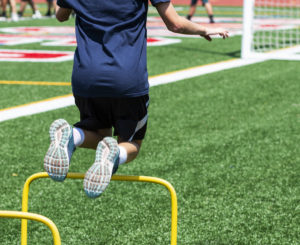
When kids used to spend a lot of time playing, particularly outdoors, they would roll, crawl, run, climb, swing, slide, throw things, and come up with creative movement games. This naturally developed and fine-tuned many of the sensory skills.
When it came time to learn higher level, more specific skills in PE or sports, kids’ neuromuscular systems were prepared.
Due to widespread inactivity, data suggests that kids don’t currently spend as much time playing. They are showing up to physical education and sports practices with poorly developed sensory skills, making it harder to learn and perform.
As you can see, creating opportunities for play offers kids a developmental advantage. To recreate free play during sports practice, consider coming up with movement “problems,” challenges or games. Enforcing perfect movement is not the goal here. Let their brain and body figure it out. Let them get in touch with their innate movement ability without cognitive awareness or being overly conscious.
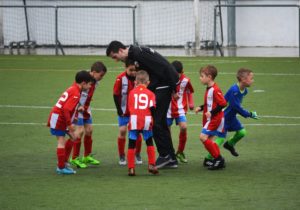 Allow them to explore and test limits. This helps kids cultivate a wide store of movement patterns to draw from and actually leads to increased and more rapid brain plasticity. It also helps you understand how their brain and body works and helps you program more effectively.
Allow them to explore and test limits. This helps kids cultivate a wide store of movement patterns to draw from and actually leads to increased and more rapid brain plasticity. It also helps you understand how their brain and body works and helps you program more effectively.
Recreate free play during training:
- Have them move in imaginary environments like, “Walk on gum,” “Run across ice,” “Crawl through slime.” Combining familiar movements in a novel, imaginary environment creates a unique movement problem they have to solve.
- Have half the kids crawl around, over, & under the other half of the kids doing planks, bridges, or standing in weird positions.
- Create obstacle courses without teaching them how to get through them. Let them figure it out.
- Come up with a contest where they must choose a different way to get to the other side of the field without repeating a move (walk, roll, crawl, etc). Next, create parameters: only crawl patterns, only moving sideways, only forward on 2 limbs, 3, 4, 1, etc.
- Take a familiar movement and combine “Movement Variables” with it to make it more challenging. For example, “Skip with your body wide, now narrow, now with your knees low, now slow.” This requires their neuromuscular system to constantly be engaged.
Many of the sensory circuits are not fully-wired prior to puberty, so starting sensory awareness activities with smart regressions can set the stage for more rapid and full development of these important senses.
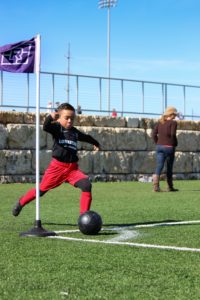 Visual awareness develops before proprioceptive and vestibular awareness, but all three are needed for whole-body stability and balance. The over-reliance on visual feedback can lessen input from other senses so whenever possible come up with (safe) activities with eyes closed to help stimulate the inner senses (proprioceptive & vestibular). These give feedback about where our joints are in space and where our head is in relation to gravity when moving in all directions.
Visual awareness develops before proprioceptive and vestibular awareness, but all three are needed for whole-body stability and balance. The over-reliance on visual feedback can lessen input from other senses so whenever possible come up with (safe) activities with eyes closed to help stimulate the inner senses (proprioceptive & vestibular). These give feedback about where our joints are in space and where our head is in relation to gravity when moving in all directions.
Cultivate sensory awareness skills:
- To develop both proprioceptive & vestibular awareness, have them do log rolls on the ground, crawl patterns and hanging, swinging or moving on a low bar or monkey bars. To decrease the reliance on vision, have them do some of these drills with eyes closed.
- To introduce how to transition between movements, have them do familiar movements from novel starting or ending positions. For example, have them do a log roll and on your command, quickly get up and balance on one leg.
- Even though vision develops first, kids in this age range are still functionally farsighted, and the normal round shape of the eyeball is not achieved until 6 & 9 years old. In addition, neural connections to the brain develop even later, so judging distance and direction is still a challenge. By 8 or 9 years of age, kids develop better awareness and use of peripheral vision.
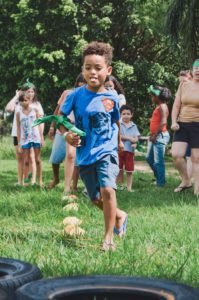
To best develop visual acuity and tracking skills at a young age (5-6 years), start with tracking different colored slow-moving objects (scarves, balloons) that are thrown in the air. Have them catch one color. This also works on hand-eye coordination. The next level (approximately 7 to 10 years of age) is to toss up heavier objects (bean bags, tennis balls) of different colors and have them track and catch the color you call out.
- Balance training in young children is not as much about improving postural stability, as it is about stimulating the development of the various sensory cues and strategies used to maintain postural stability. These include retaining eye focus, recognizing kinesthetic feedback and stimulating the vestibular system of the inner ear. In other words, practice balance activities, but don’t expect perfect execution.
- To get all 9 sensory awareness skills involved, make slight tweaks to the activities. For instance, if they are rolling for proprioceptive and vestibular awareness, call out which direction they must go. Then change from auditory to visual cues. If they are doing a balance beam walk or shuffling through cones have them partner up and each hold one end of a stick so they have to respond to tactile cues. Or, clap out different tempos while they do a skill so they work on rhythm and temporal awareness.
Sensory awareness skills are the key to unlock the door to physical literacy. First, recreate a “free play” environment by having kids solve movement problems and figure it out without over correcting. Then introduce the 9 sensory awareness skills, taking into account a child’s age, with proper regression and progression. They are now ready to start putting these sharpened senses to work in Part 3 by practicing the elements that make up coordination.
Craig Valency, MA, CSCS, president and co-founder of SPIDERfit, has been a personal trainer for the last 11 years. He is currently working at Fitness Quest 10 in San Diego, an elite personal training and athletic conditioning facility. He specializes in youth strength and conditioning programs that promote physical literacy, injury prevention and optimal performance. Along with training youths from 6 to 18 years of age for general fitness, Craig has also worked with some of the top junior tennis players in the world. He has been a physical education consultant for the Stevens Point school district in Wisconsin for the last 3 years, helping revamp the district wide programming for the K-12 PE curriculum. Craig earned his bachelor degree from UCLA, and Masters Degree in Kinesiology from San Diego State University.

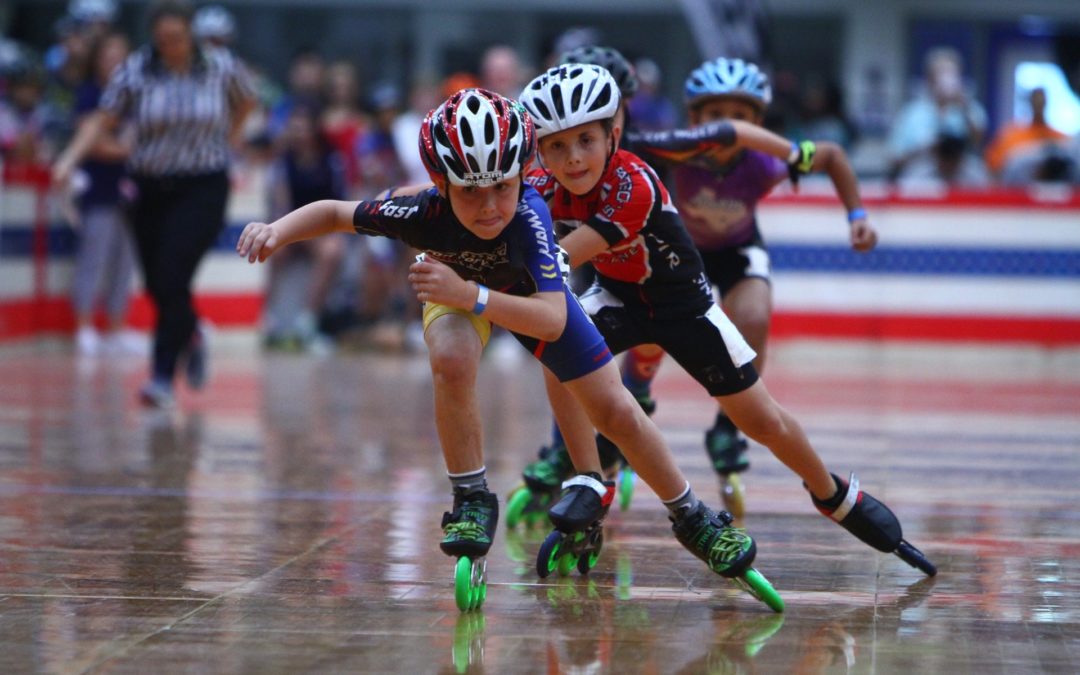



Connect with SPIDERfit!